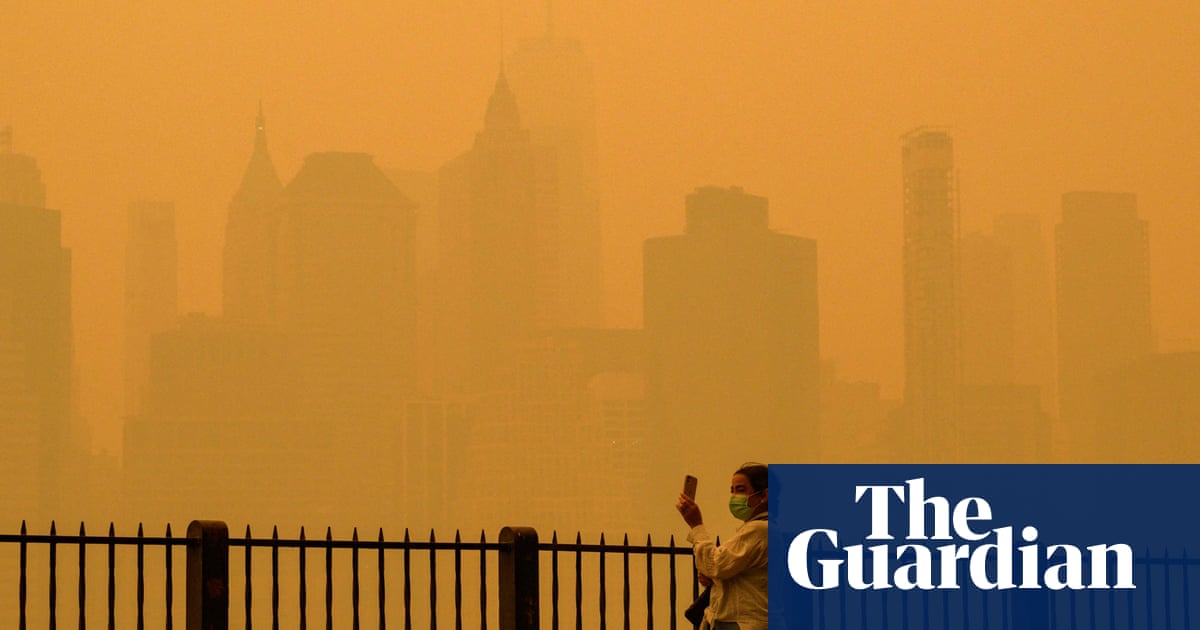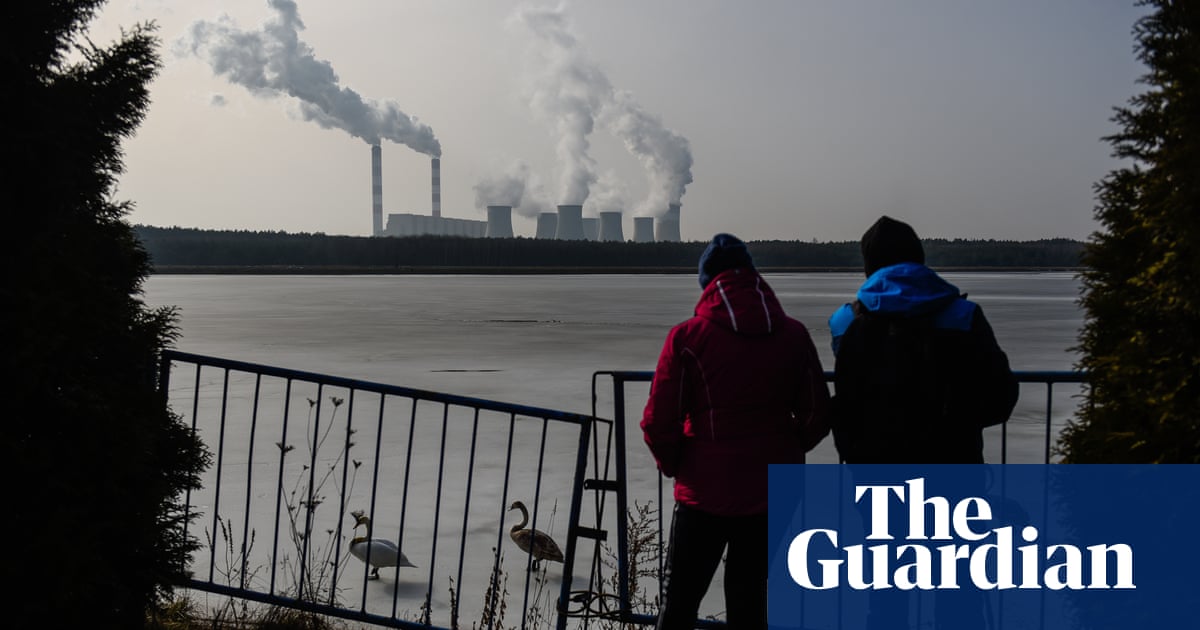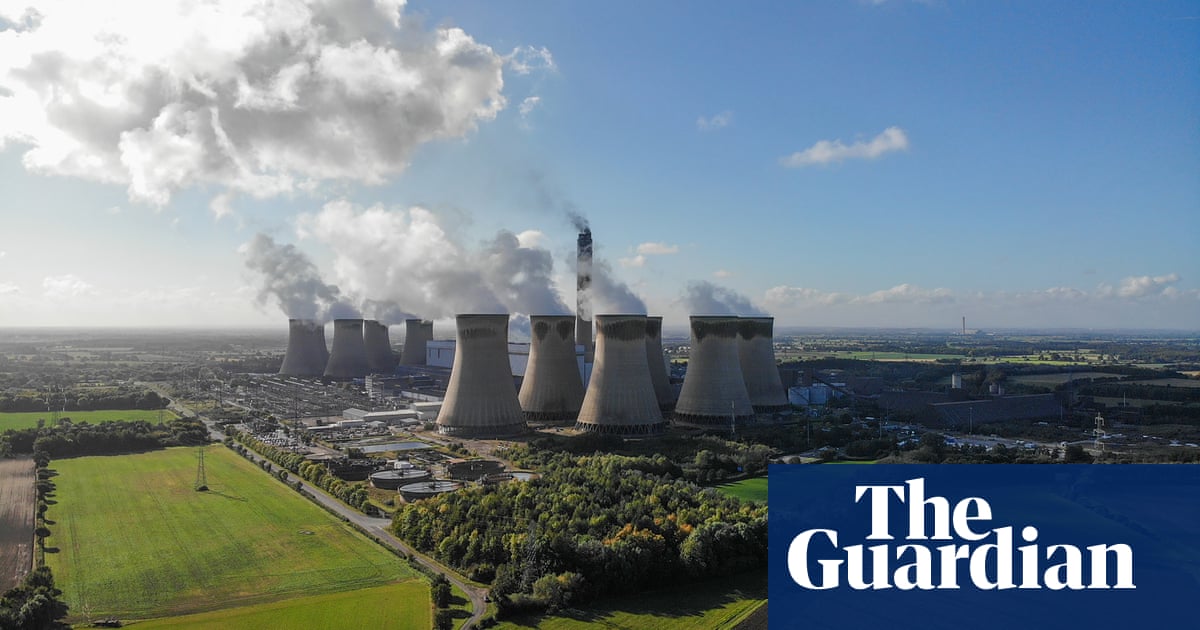
People traveling on subway systems in major US cities are being exposed to unsafe amounts of air pollution, with commuters in New York and New Jersey subjected to the highest levels of pollution, research has found.
Tiny airborne particles, probably thrown up by train brakes or the friction between train wheels and rails, are rife in the 71 underground stations sampled by researchers during morning and evening rush hours in Boston, New York City, Philadelphia and Washington DC, the cities that contain the bulk of subway systems in the US.
The levels of these tiny specks of pollution, called PM2.5, were well above nationally determined safe daily levels of 35 micrograms per cubic meter in each of the cities. New York’s Metropolitan Transit Authority (MTA) system had 251 micrograms per cubic meter, followed by Washington DC with 145 micrograms per cubic meter. Philadelphia was, comparatively, the cleanest system but still breached the limit beyond which serious health hazards are risked.
“New Yorkers in particular should be concerned about the toxins they are inhaling,” said the study co-author Terry Gordon, a professor at New York University’s Grossman School of Medicine, with the research finding that concentrations of hazardous metals and organic particles were anywhere from two to seven times higher than outdoor air samples in the city.
Christopher Street, a Manhattan station that helps connect New York and New Jersey, had an incredible particle pollution level of 1,499 micrograms per cubic meter, about 77 times higher than the above-ground pollution. This is a pollution level more commonly found near a large wildfire or during a building demolition, the researchers said.
“It was the worst pollution ever measured in a subway station, higher than some of the worst days in Beijing or Delhi,” said Gordon, who said he was so amazed by the readings on his instruments he had to ask colleagues to conduct repeated tests to ensure the figures were correct. “It just wasn’t believable. My colleague went down there and his airways were feeling tight after an hour or so.”
The researchers calculated that someone making a typical commute to and from Christopher Street was increasing their risk of an adverse cardiovascular event by 10%. But the station wasn’t the only one with elevated airborne toxins, with Broadway in Boston, Second Avenue in New York City and 30th Street in Philadelphia among the most polluted stops in the US north-east. “People should be highly alarmed by these high levels,” Gordon said.
The subway systems typically shuttle millions of people around the US cities, with New York’s MTA, the country’s largest, conveying 5.5 million people around New York every day in 2019. The use of subways has plummeted during the coronavirus pandemic, however, with many of the remaining commuters those working in frontline essential jobs.
Analysis of the air samples shows that the pollutants were mainly composed of iron and organic carbon, a chemical produced from the breakdown of fossil fuels or decaying plants and animals. The latter has, when inhaled, been linked to an increased risk of respiratory conditions, lung cancer and heart disease. It is not entirely clear why pollution in subways is worse than above ground, although the open air is able to dilute and remove some of the fumes from cars and trucks while underground stations are often poorly ventilated.
Gordon stressed that more research was needed to ascertain the exact health impact upon commuters and transit workers, who spend prolonged time in the polluted stations. The researchers also plan to further explore the exact sources of the pollutants, which can range from the exhaust given by diesel locomotives to dust whipped up from the remains of dead rodents.
“This is an important contribution, especially to our understanding of the disproportionate burden of air pollution faced by low-income communities and communities of color,” said Gretchen Goldman, research director at the Union of Concerned Scientists, who was not involved in the study, which was published in Environmental Health Perspectives.
“As the scientific community works to better understand exposure and potential health effects of air pollution in the urban environment, I hope local decision makers use this valuable work to inform the best ways to address the known racial and socioeconomic inequities in air pollution exposure in US cities.”












